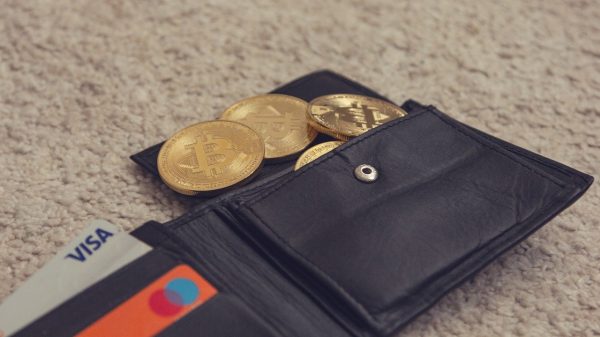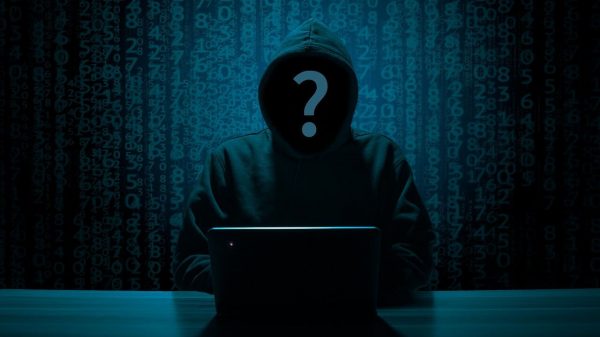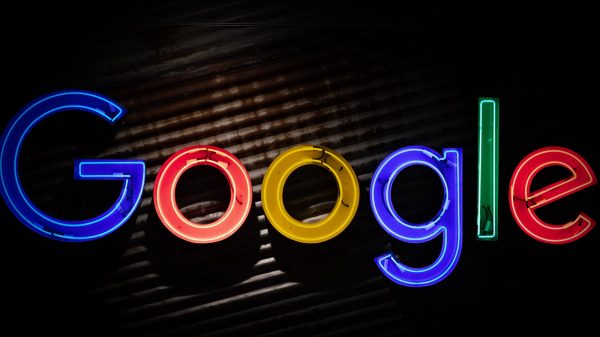
This post hopes to explore the recent demonetisation drive in India through a human rights lens and place the drive as well subsequent push to digital payments systems as a violation of human and internet rights.
Introduction
Currency exhibits characteristics of a common-pool good, i.e. rivalrous in consumption but non-excludable1 . However, as opposed to traditional common-pool resources like timber, coal and fish stocks; currency is a cultural artefact, which depends on the theories and trust that individuals place on it2 . Governance of common-pool resources are left to collectives that represent and act on behalf of the people towards the benefit of those people. A democratically elected government is that representative of the people. It is responsible for effective administration of common pool resources. The action of the government for its people is part of the act of self-determination as guaranteed by the International Bill of Human Rights.
 Self-Determination and International Human Rights Law
Self-Determination and International Human Rights Law
The Universal Declaration of Human Rights (UDHR), The International Covenant on Civil and Political Rights (ICCPR); it’s two Optional Protocols and The International Covenant on Economic, Social and Cultural Rights (ICESCR) together constitute the International Bill of Human Rights. The Third Committee of the General Assembly at the 68th meeting concluded that self-determination is an integral part of the three major human rights instruments and we postulate that it is the “meta”-human right.
As per the focus areas of the UDHR, ICESCR & ICCPR, self-determination is directly linked to the civic, political, social, economic and cultural realms. We will focus on the economic aspect of self-determination. Economic self-determination is the ability of a person to freely choose their profession and dispose of their resources3 as they see fit. Currency forms part of the monetary system which comprise a set of institutions and mechanisms such as a central bank, commercial banks, regulatory bodies and monetary policies. The regulation of the monetary system must always be done to maximise benefit to the the peoples of a state.
Demonetisation and Governance of Common-Pool Resources
Demonetisation is the act of invalidating currency as legal tender. On November 9, 2016, the Government of India withdrew the status of all ₨ 500 and 1000 (high-value) notes as legal tender with immediate effect, citing the intention to curb tax evasion and counterfeit money. Overnight, about 86 percent of the liquidity within the Indian economy was rendered invalid. Most of the Indian economy is based entirely on cash, with an estimated 85 to 90 per cent of all transactions taking place in cash. The drive of currency demonetisation and its rule changes; which occurred as frequently as everyday, further led to the significant human cost of the move.
The very act of demonetisation takes away the individual’s right to economic-self determination and the freedom of choice to dispose currency resources as they see fit. It may be interpreted as a violation of international human rights law. This, however, is a matter that requires further thought from a legal perspective.
Elinor Ostrom, highlighted a set of key guidelines of adaptive governance that are required for effective governance of common pool resources4:
i. Achieving accurate and relevant information, by focusing on the creation and use of timely scientific knowledge on the part of both the managers and the users of the resource
ii. Dealing with conflict, acknowledging the fact that conflicts will occur, and having systems in place to discover and resolve them as quickly as possible
iii. Enhancing rule compliance, through creating responsibility for the users of a resource to monitor usage
iv. Providing infrastructure, that is flexible over time, both to aid internal operations and create links to other resources
v. Encouraging adaption and change to address errors and cope with new developments
While the act of demonetisation may be reviewed through the lenses of the points mentioned, the last two — provision of infrastructure & links to other resources and change & adoption to address errors — are of particular importance when examined through the rights-based lens.
Closing the Loop
Circling back to the International Bill of Human Rights, one of the duties of the State is the provision of safety nets in case of economic disruption. It is our contention that the Indian State failed citizens in this; aside from other; avenues. The government pushed the creation of the Unified Payments Interface (UPI) and the Bharat Interface for Money (BHIM) mobile application. The UPI was aimed at targeting small payment transactions and merchant payments in India. The BHIM app integrated multiple bank accounts into a single user interface; based in the Aadhaar platform5 is powered by the UPI. The pair were supposed to alleviate the difficulties faced in the demonetisation drive. The prime minister also appeared in advertisements put out by private financial technology companies apparently showing the singular push that the state was placing on digital payment system. The procedural difficulties for a public office bearer appearing on advertising for a private company are not under the purview of this post.
While it may be argued that the state-led push to digital payments is an initiative to extend a new safety net for citizens; the haphazard manner in which they went about it, demonstrates the detachment of State policy and realities. This post will not explore the vagaries of banking infrastructure and money supply; instead only focus on technological factors:
- Mobile connections in India – According to figures released by the Telecom Regulatory Authority of India (TRAI) in January 2017, teledensity stood at 86.25 per cent. This figure is often misleading as it accounts for the total of wireline and wireless subscribers. Exploring wireless teledensity paints a different picture; with a stark urban-rural disparity with urban teledensity standing at 155.35 and rural at 51.98. The penetration of mobiles; the key enabler of digital finance, is woefully lacking in the regions which account for 67.25 per cent of India’s population.
- Smartphone penetration – Smartphone penetration in India has been estimated at 29.8 per cent of the total mobile users in the country. Smartphones, as opposed to feature phones have the capability to access the Internet and use third-party applications to enhance their functionality and flexibility of use. Given that most of the digital payments options, including the government’s own BHIM application, run only on smartphones, it automatically excludes a significant per cent of the mobile phone users, in addition to those that do not have a mobile altogether.
- Lack of public access points – The Common Service Centre (CSC) programme of the Government of India, launched under the National e-Governance Plan, 2005 was the first large-scale push towards public provision of Internet access across the country. However, a review of the most recently available data on CSC rollout in the country shows that only 75.9 per cent of the total allocated CSCs have been created and only 80 per cent of constructed CSCs are connected to the Internet. The Digital India Plan, launched in 2014, aimed at integrating existing network backbone projects with the ongoing National Optical Fibre Network (NOFN) project into a unified National Network Backbone. According to data provided by the Ministry of Electronics and Information Technology to the Rajya Sabha, as of April 2016, only 48,199 panchayats (village councils) of the 100,200 targeted under the current phase, indicating a 48 per cent success rate. Of the panchayats connected to the NOFN, only 6,727 panchayats have Internet access, only 13 per cent of the connected panchayats or 6 per cent of the total scheduled for the phase.
Conclusion
On an infrastructural level, India was grossly underprepared for the rollout of such wide-scale demonetisation, which is evidenced in the impacts of the drive on the average citizen. The push towards digital payments without a strong base of Internet access goes against Ostrom’s fourth principle of the provision of appropriate infrastructure. It shines light on the lack of proper policy design and sheer disconnection from ground realities. For the state to push demonetisation without providing adequate infrastructure to support effective alternative means to engage with the monetary system is grossly irresponsible and (pending appropriate legal analysis) may be against the rights of Indian citizens.
*
References (Non-linked):
1: Non-rivalrous goods may be consumed by many at the same time at no additional cost. a good or service is non-excludable if non-paying consumers cannot be prevented from accessing it.
2: Reinhart, CM & Rogoff, KS 2009, This Time is Different, Princeton University Press
3: There exists a duality in the definition of resources in international human rights law; defined as both individual and collective resources.
4: Ostrom, Elinor. (2010). “The Challenge of common-pool resources”. In: Environment: Science and Policy for Sustainable Development, 50:4, 8-21.
5: BHIM will create Equality, 03 January 2017, Press Information Bureau, Government of India
*
Rajat is a Senior Officer – Research & Advocacy at the Digital Empowerment Foundation. He works on sifting through the socio-economic, cultural, technological and ethical questions surrounding the application of ICT4D in an equitable and socially responsible manner. A tea aficionado and incorrigible nerd, he identifies himself as a child of the Internet and would probably have a panic attack if his devices failed him. Rajat’s passion is understanding real world social networks and interactions using the tools of social and data science.
His favourite quote is: “Do not take life too seriously. You will never get out of it alive” – Elbert Hubbar.





























